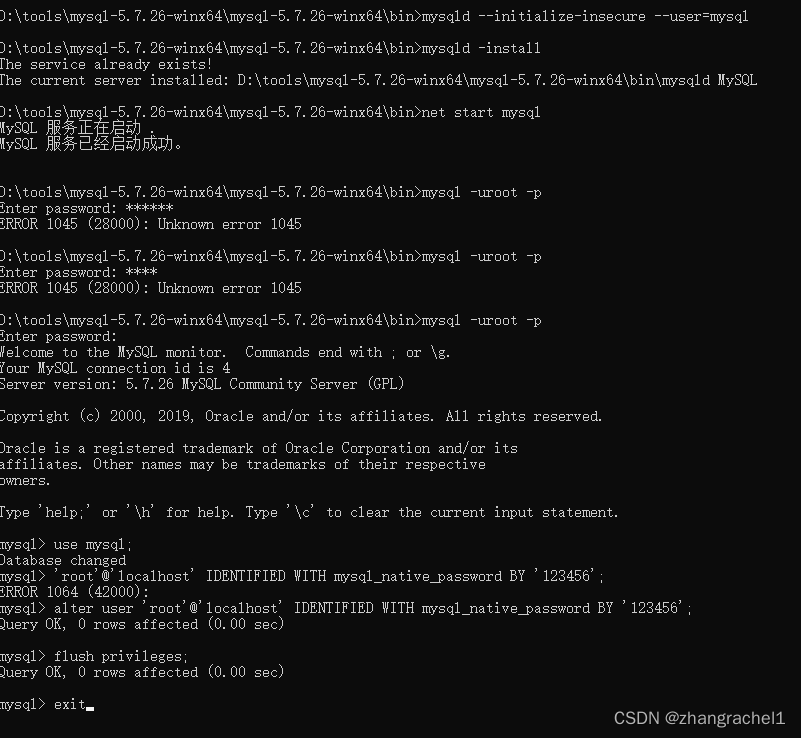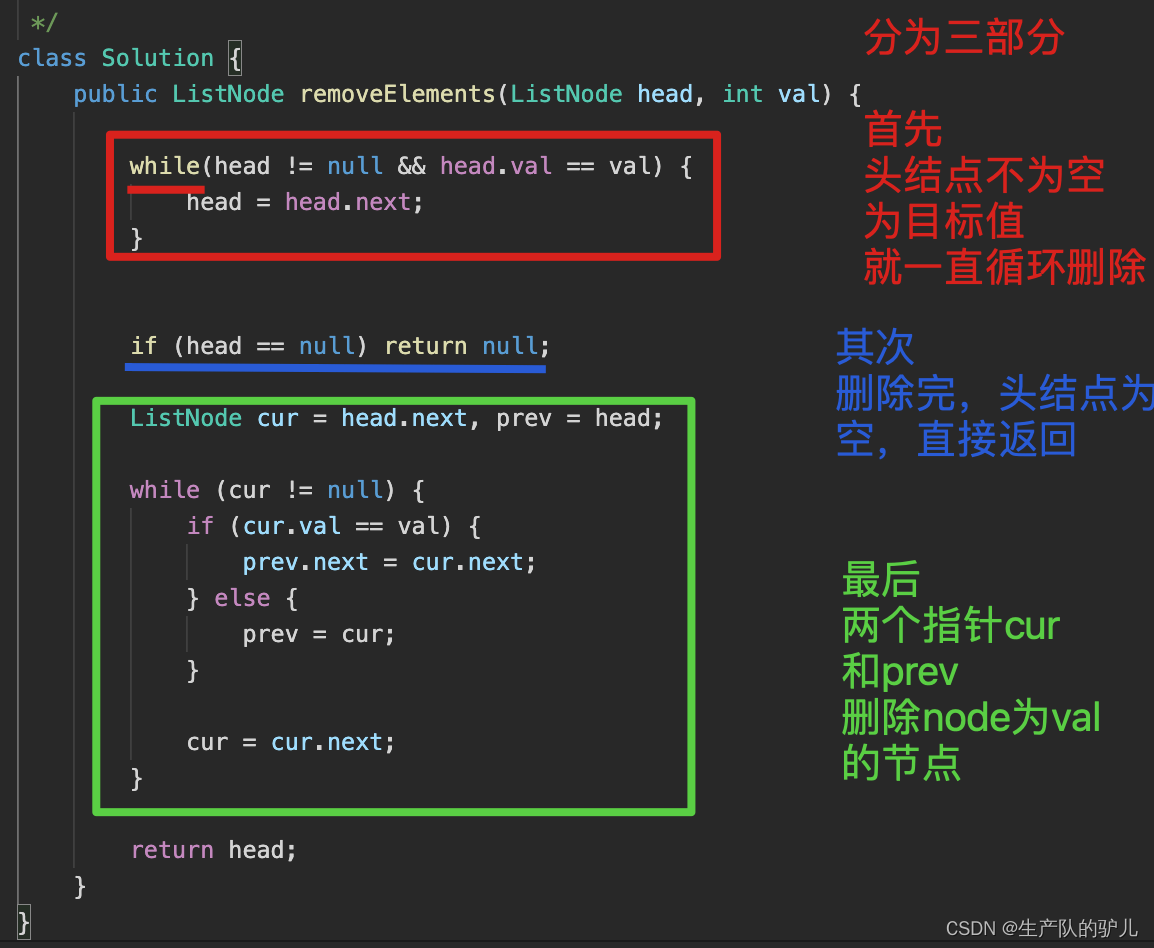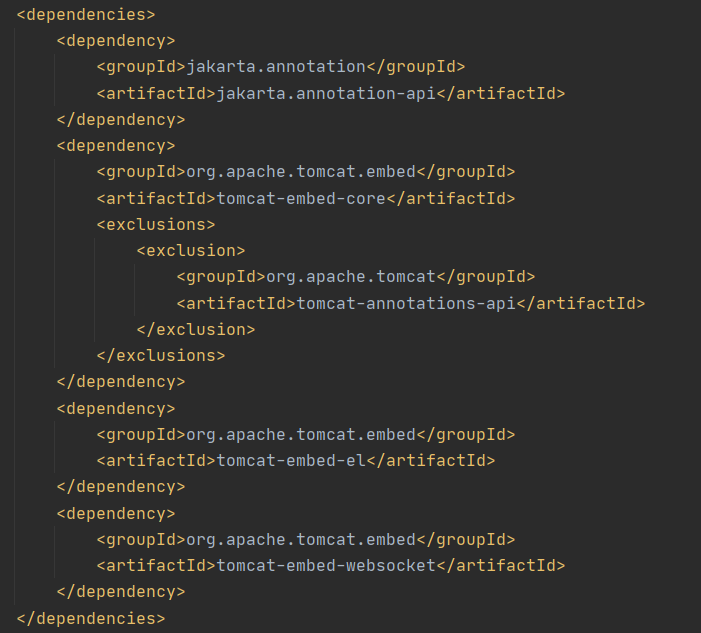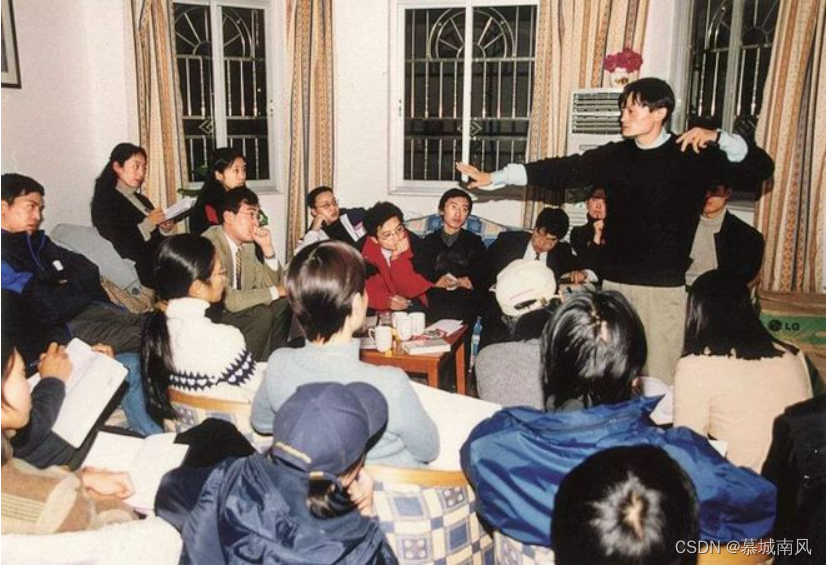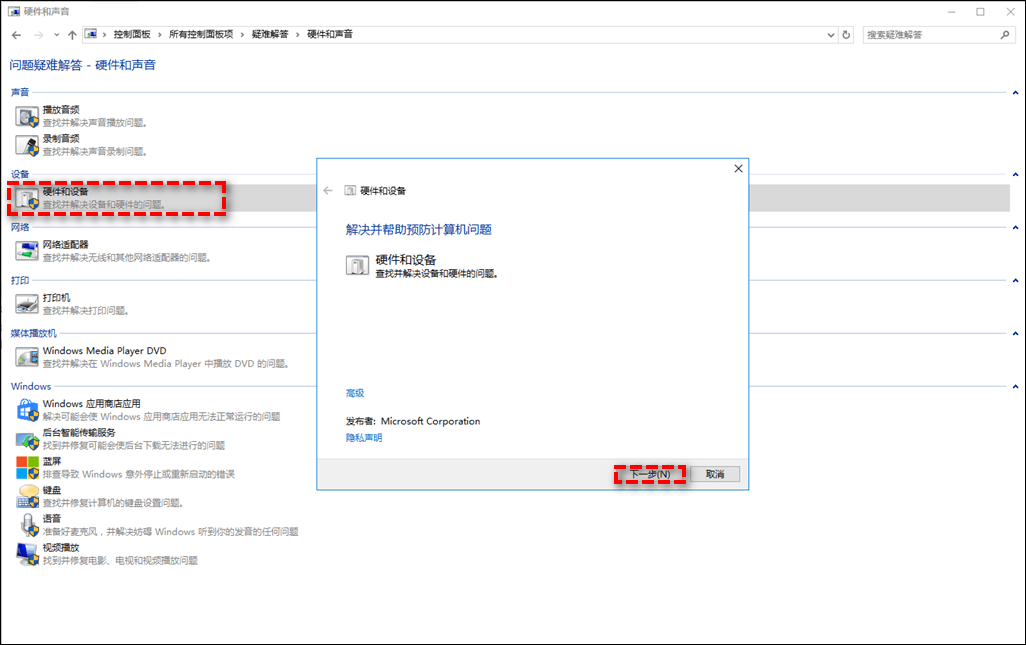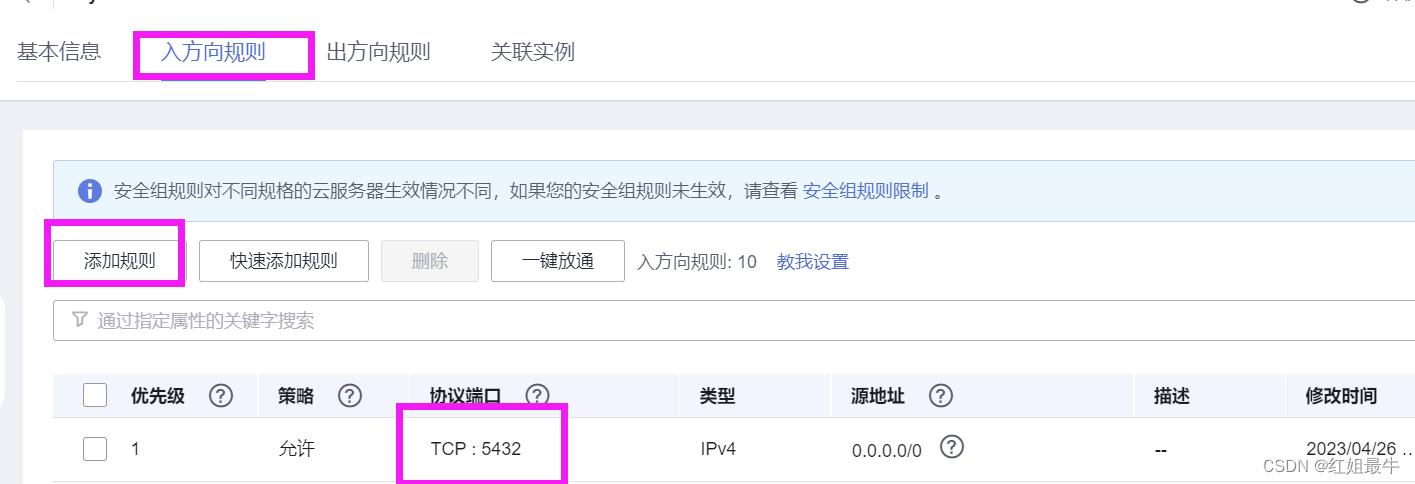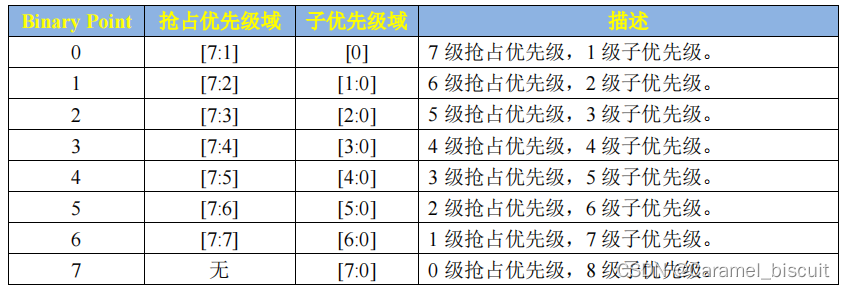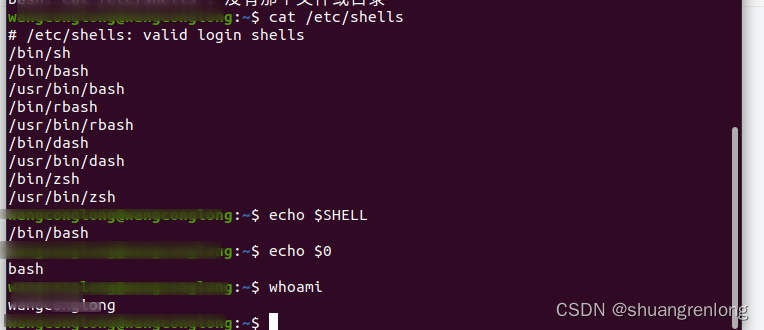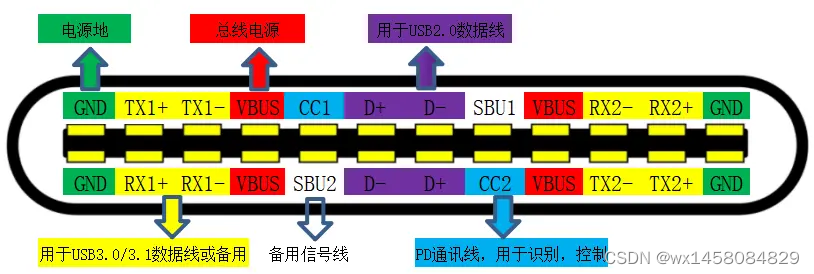什么是 GOF
- 对接口编程而不是对实现编程。
- 优先使用对象组合而不是继承。
设计模式的基石
- 封装
- 继承
- 多态
- 顺序
- 判断
- 循环
设计模式总览
-
创建型模式(Creational Patterns)
- 单例(Singleton)模式
- 原型(Prototype)模式
- 工厂方法(FactoryMethod)模式
- 抽象工厂(AbstractFactory)模式
- 建造者(Builder)模式
-
结构型模式(Structural Patterns)
- 代理(Proxy)模式
- 适配器(Adapter)模式
- 桥接(Bridge)模式
- 装饰(Decorator)模式
- 外观(Facade)模式
- 享元(Flyweight)模式
- 组合(Composite)模式
- 过滤器模式(Filter Pattern)
-
行为型模式(Behavioral Patterns)
- 模板方法(Template Method)模式
- 策略(Strategy)模式
- 命令(Command)模式
- 职责链(Chain of Responsibility)模式
- 状态(State)模式
- 观察者(Observer)模式
- 中介者(Mediator)模式
- 迭代器(Iterator)模式
- 访问者(Visitor)模式
- 备忘录(Memento)模式
- 解释器(Interpreter)模式

设计的7大原则
-
开闭原则(Open Closed Principle,OCP)
- 软件实体应当对扩展开放,对修改关闭(Software entities should be open for extension,but closed for modification)
- 合成复用原则、里氏替换原则相辅相成,都是开闭原则的具体实现规范
- 扩展新类而不是修改旧类
-
里氏替换原则(Liskov Substitution Principle,LSP)
- 继承必须确保超类所拥有的性质在子类中仍然成立(Inheritance should ensure that any property proved about supertype objects also holds for subtype objects)
- 继承父类而不去改变父类
-
依赖倒置原则(Dependence Inversion Principle,DIP)
- 高层模块不应该依赖低层模块,两者都应该依赖其抽象;抽象不应该依赖细节,细节应该依赖抽象(High level modules shouldnot depend upon low level modules.Both should depend upon abstractions.Abstractions should not depend upon details. Details should depend upon abstractions)
- 面向接口编程,而不是面向实现类
-
单一职责原则(Single Responsibility Principle,SRP)
- 一个类应该有且仅有一个引起它变化的原因,否则类应该被拆分(There should never be more than one reason for a class to change)
- 每个类只负责自己的事情,而不是变成万能
-
接口隔离原则(Interface Segregation Principle,ISP)
- 一个类对另一个类的依赖应该建立在最小的接口上(The dependency of one class to another one should depend on the smallest possible interface)。
- 各个类建立自己的专用接口,而不是建立万能接口
-
迪米特法则(Law of Demeter,LoD)
- 最少知识原则(Least Knowledge Principle,LKP)
- 只与你的直接朋友交谈,不跟“陌生人”说话(Talk only to your immediate friends and not to strangers)
- 无需直接交互的两个类,如果需要交互,使用中间者
- 过度使用迪米特法则会使系统产生大量的中介类,从而增加系统的复杂性,使模块之间的通信效率降低
-
合成复用原则(Composite Reuse Principle,CRP)
- 又叫组合/聚合复用原则(Composition/Aggregate Reuse Principle,CARP)
- 软件复用时,要尽量先使用组合或者聚合等关联关系来实现,其次才考虑使用继承关系来实现
- 组合:把要引用的对象放在类里面当成属性。
- 优先组合,其次继承
